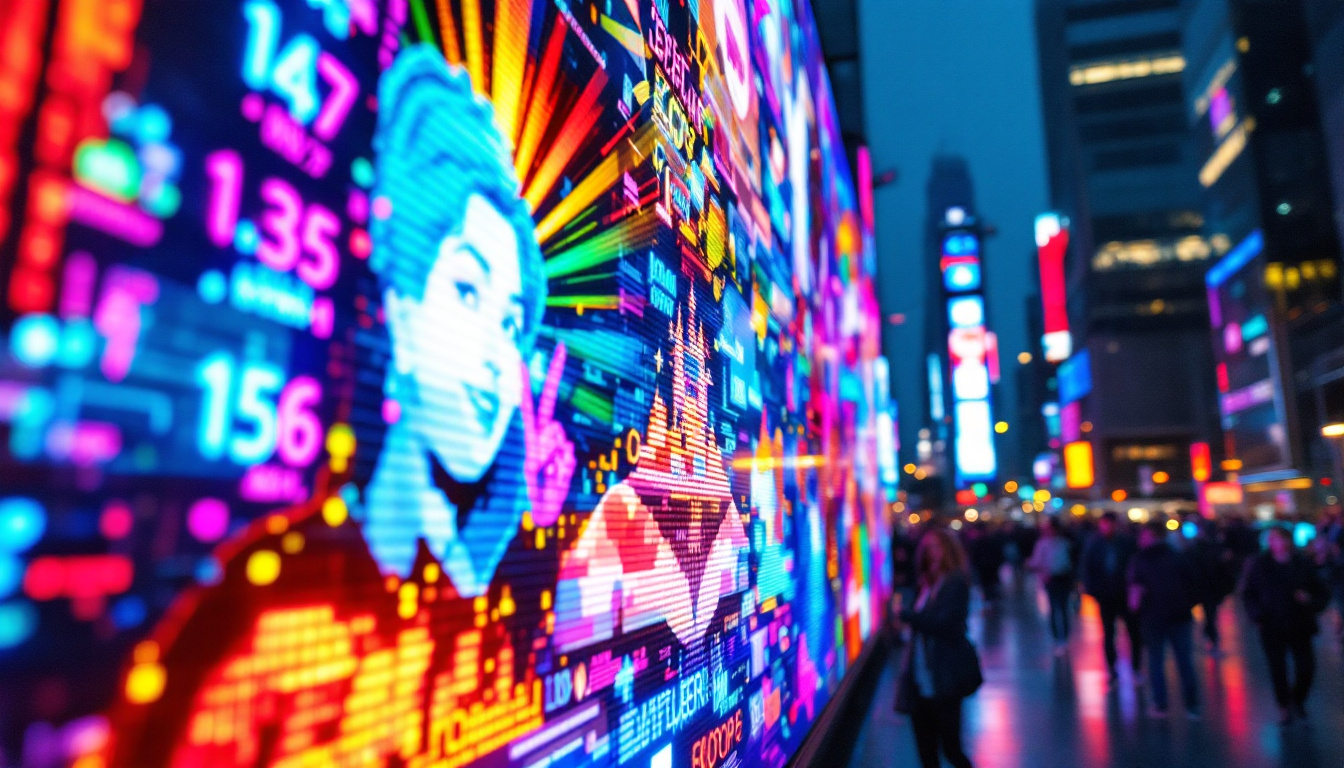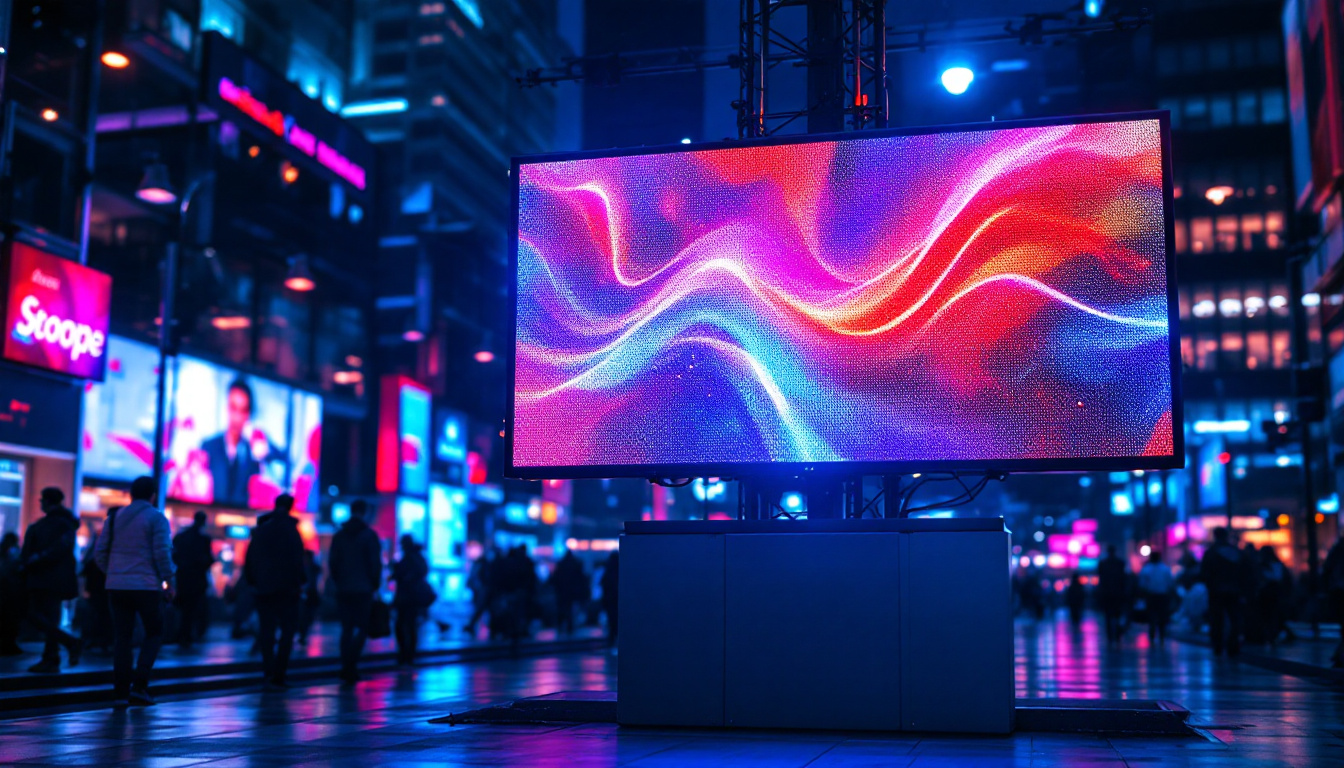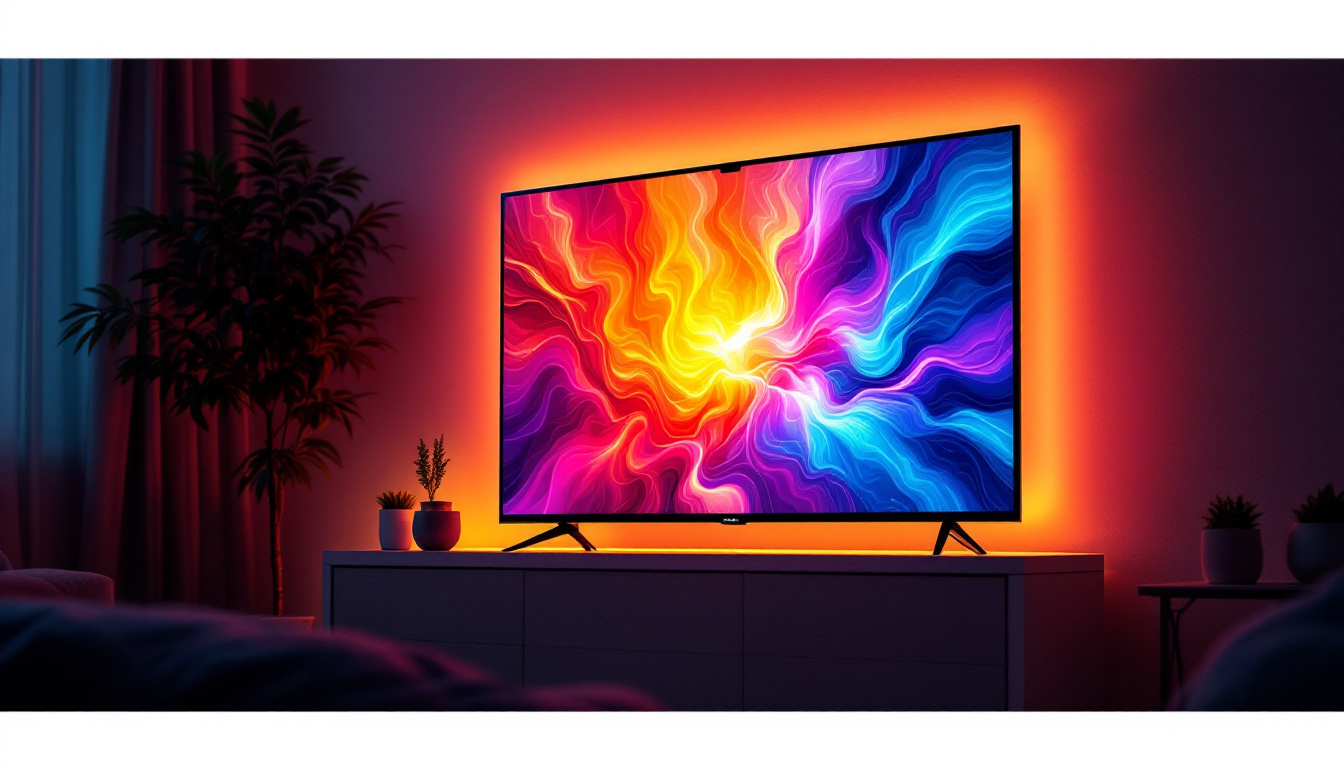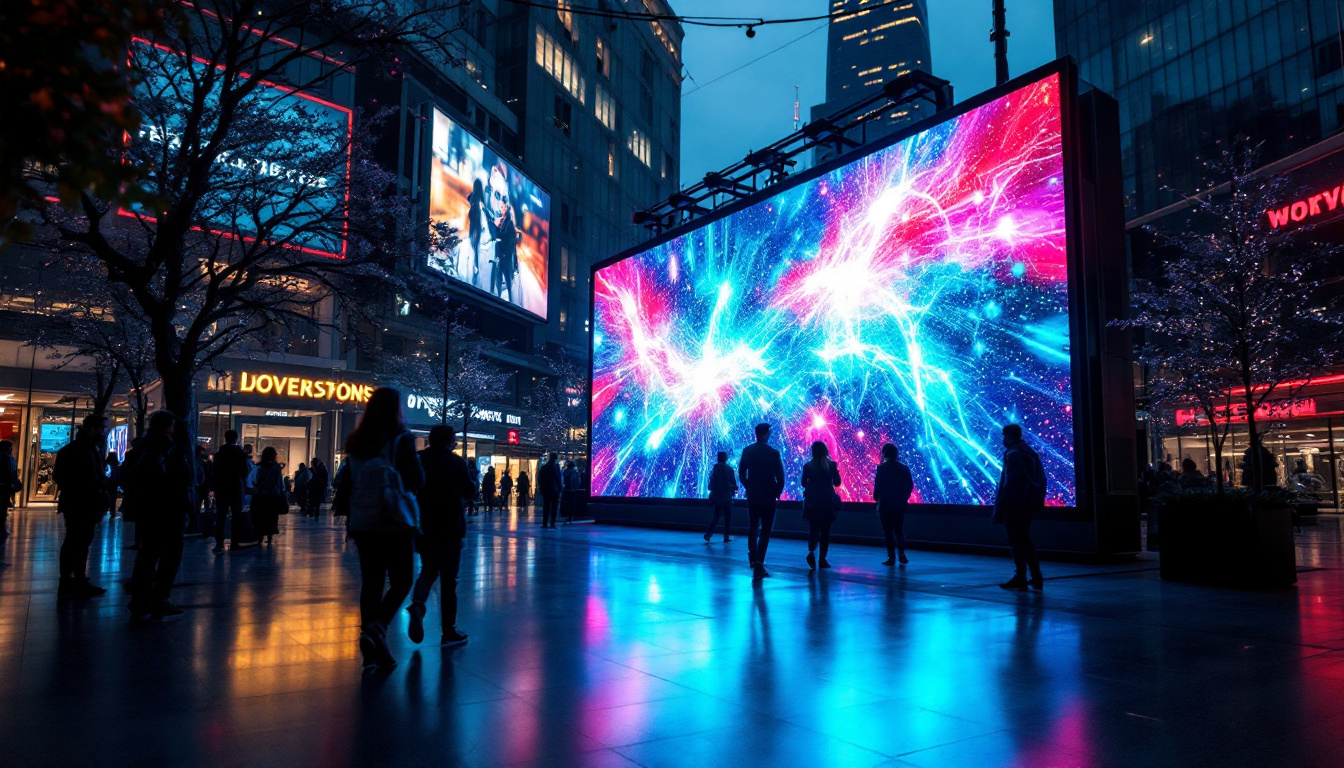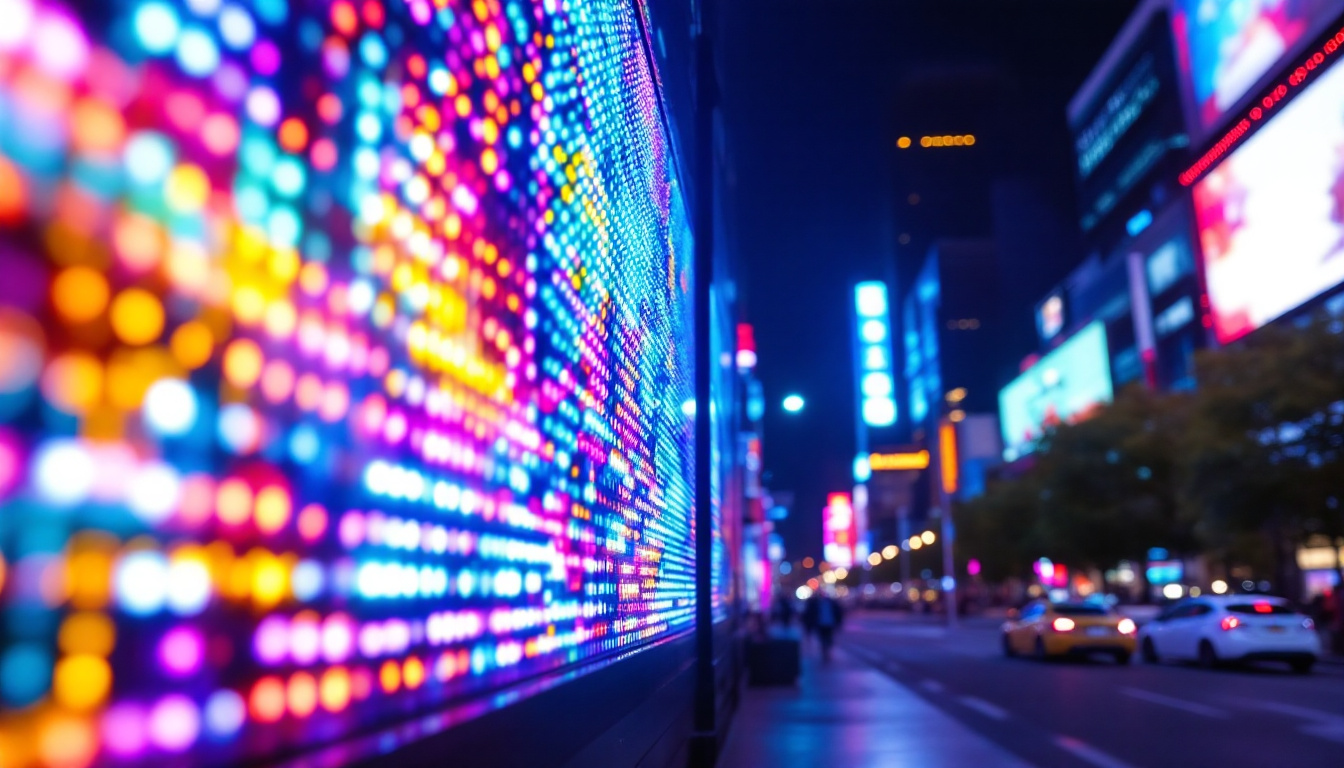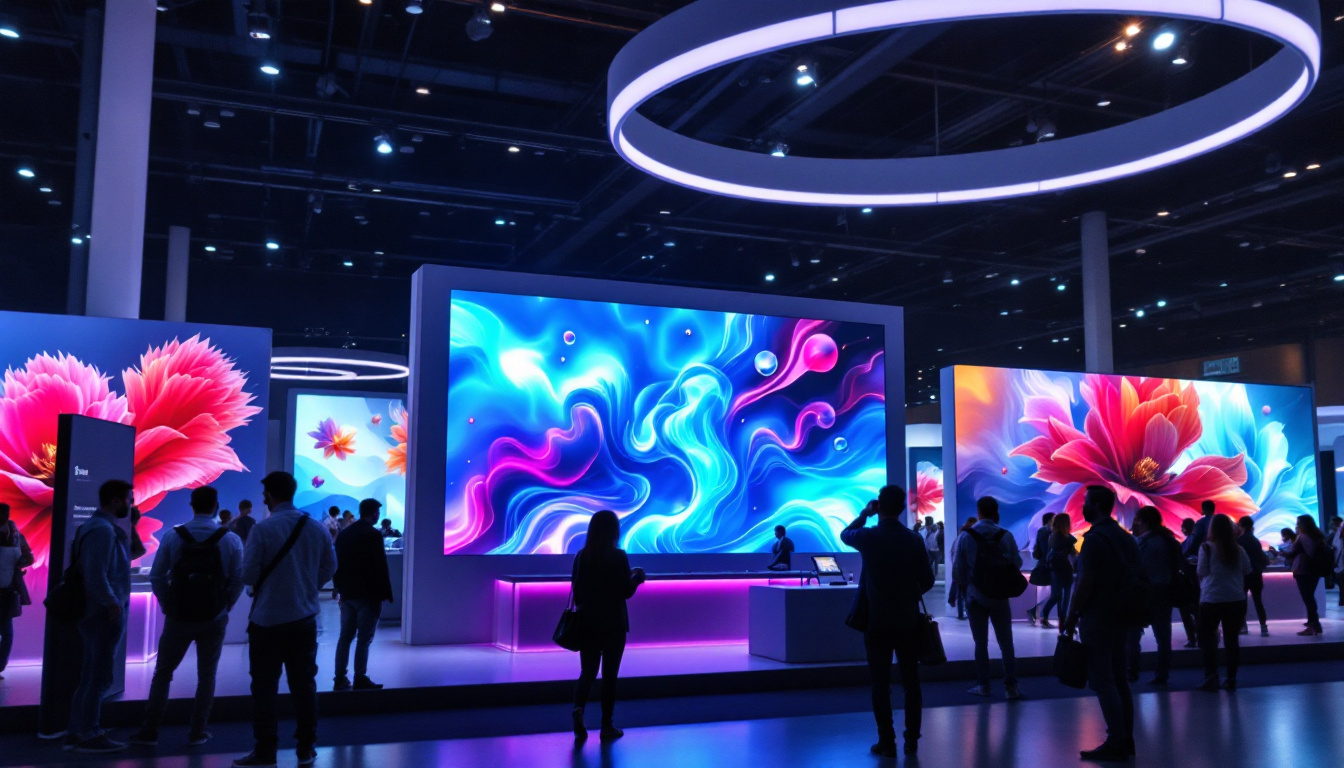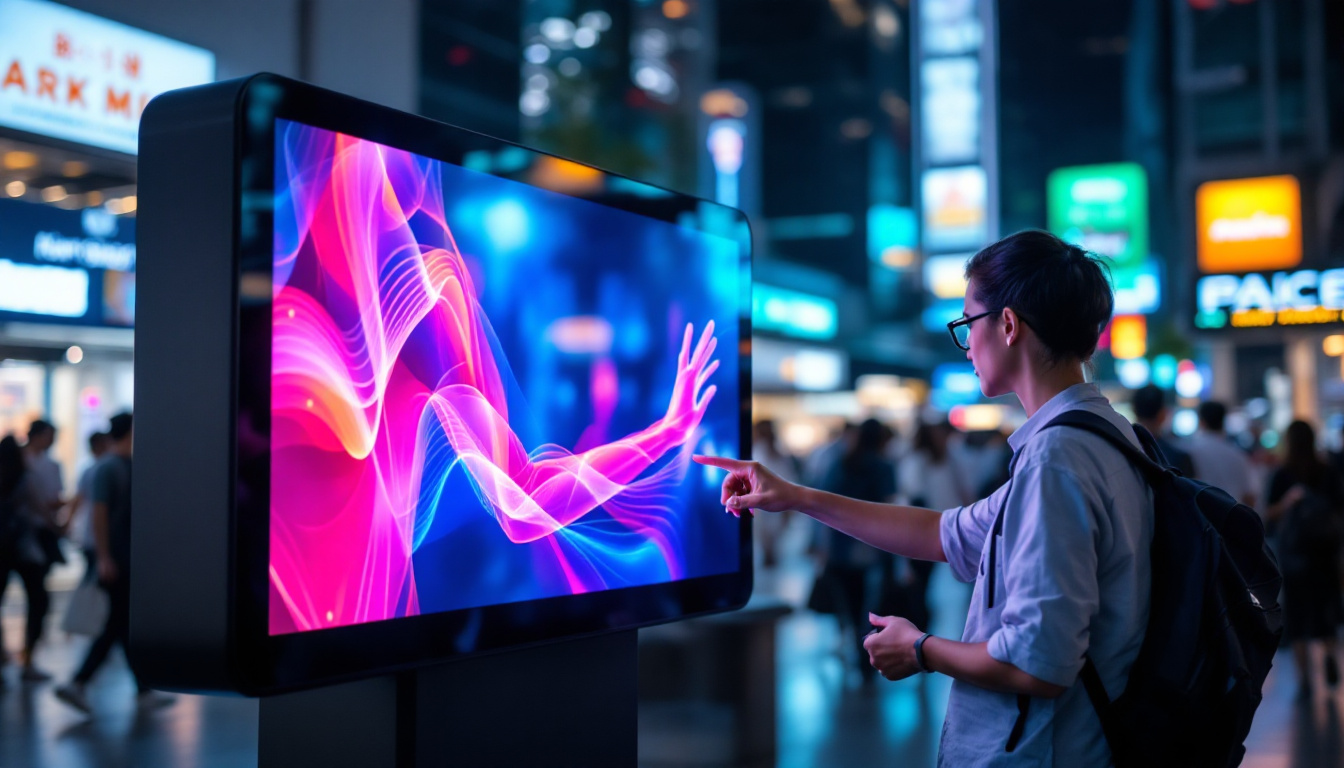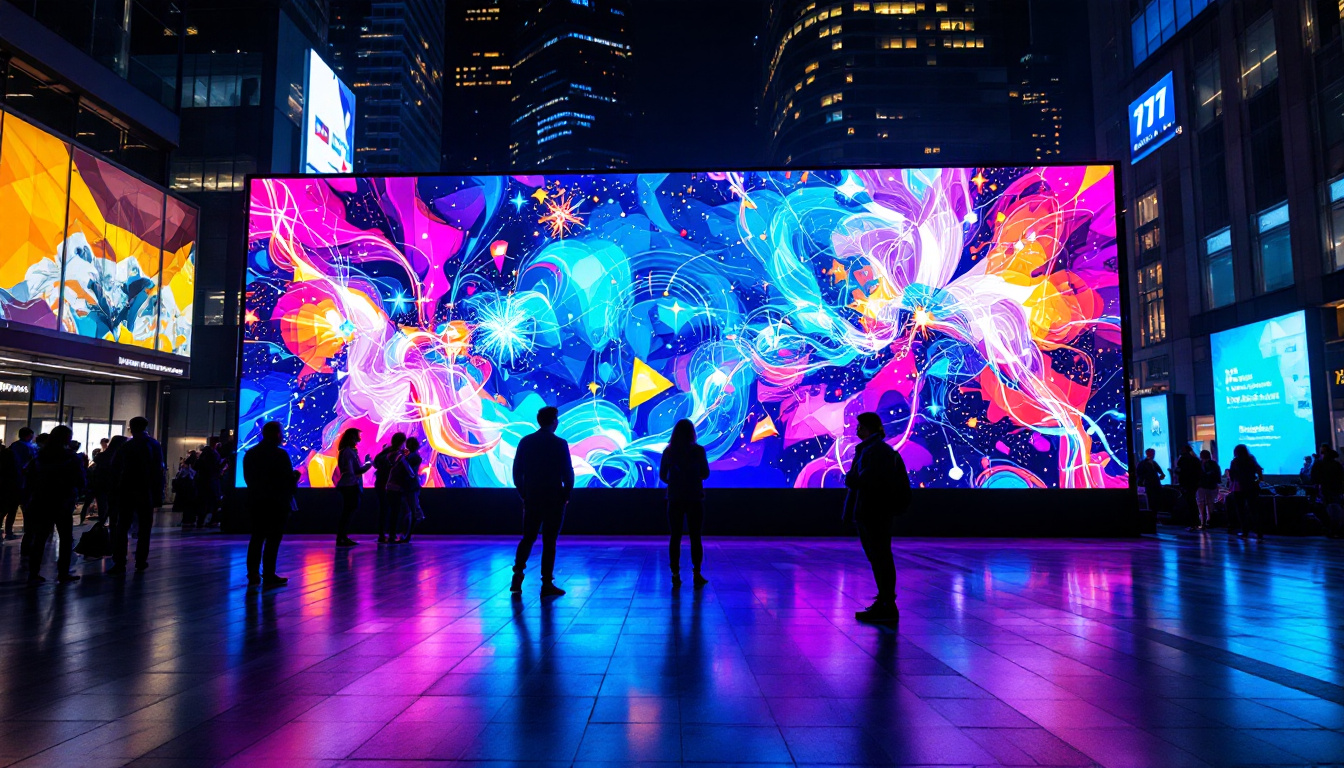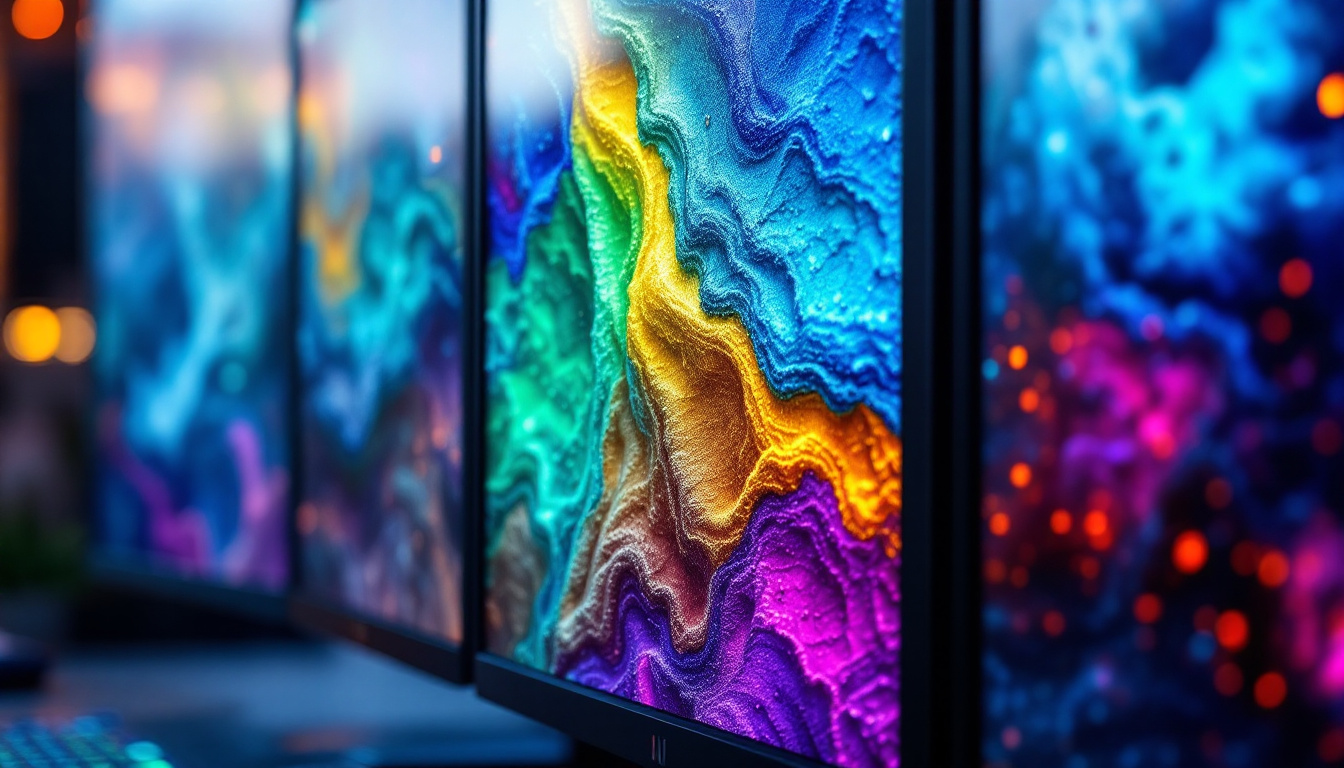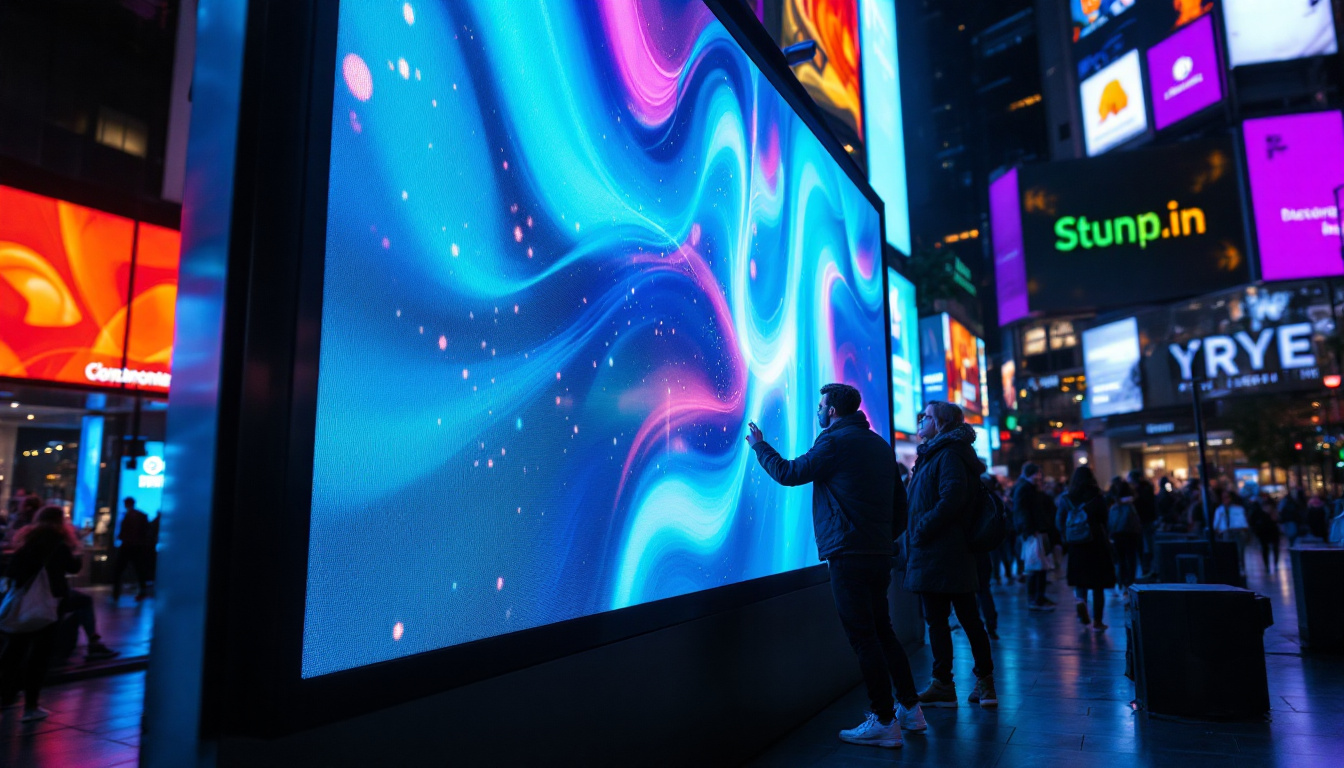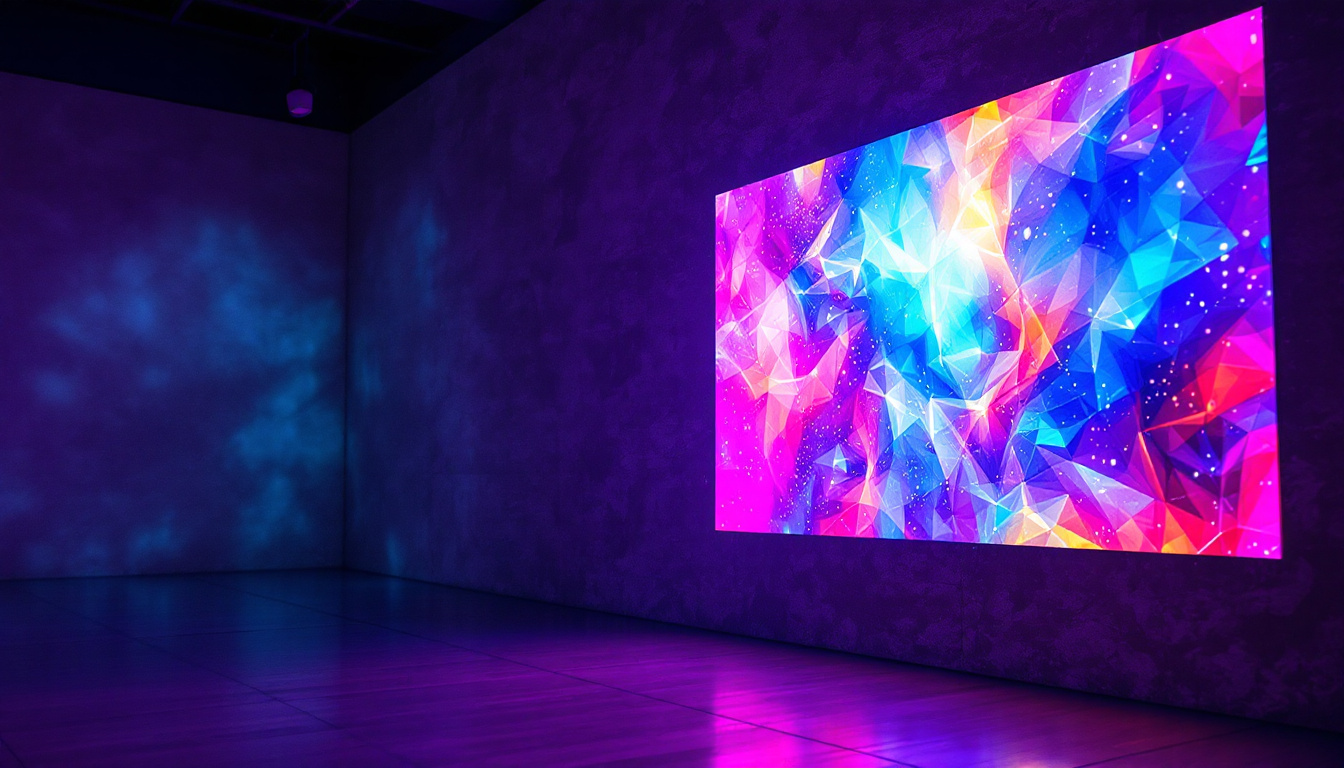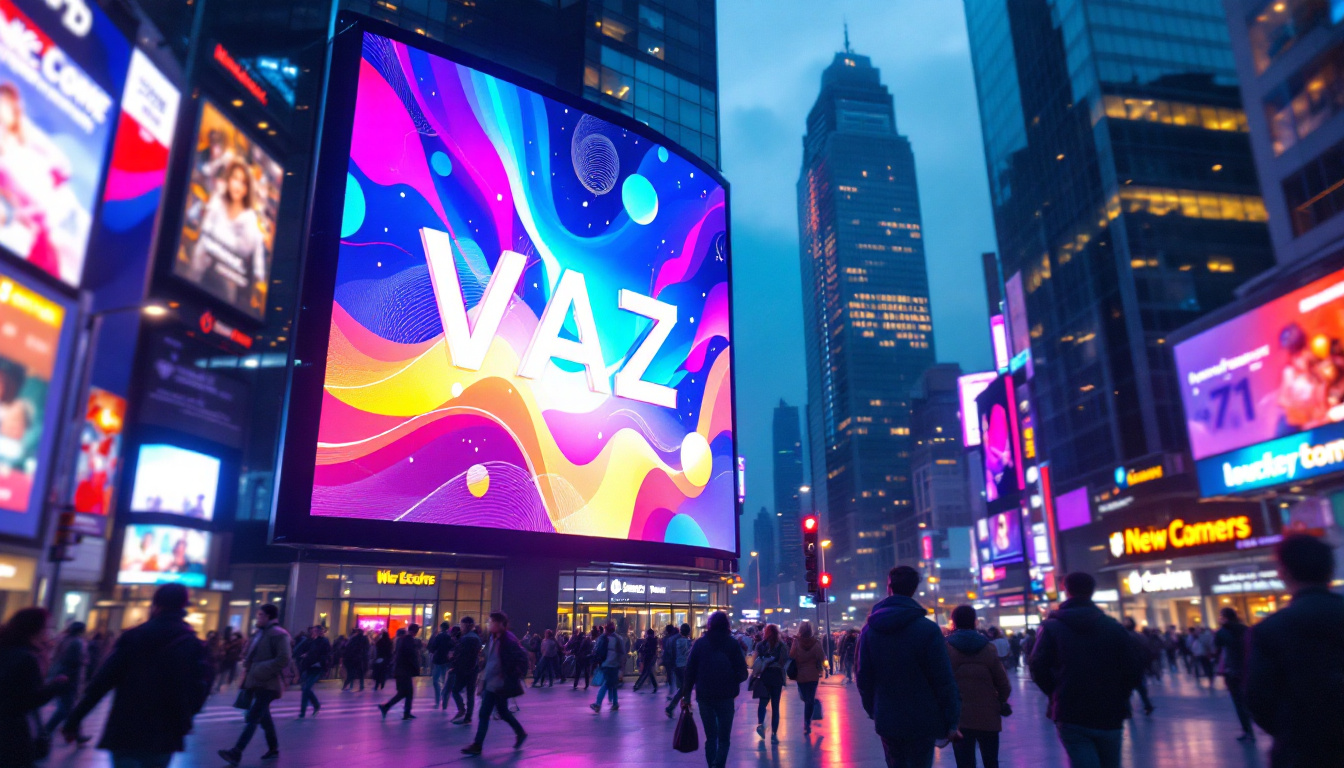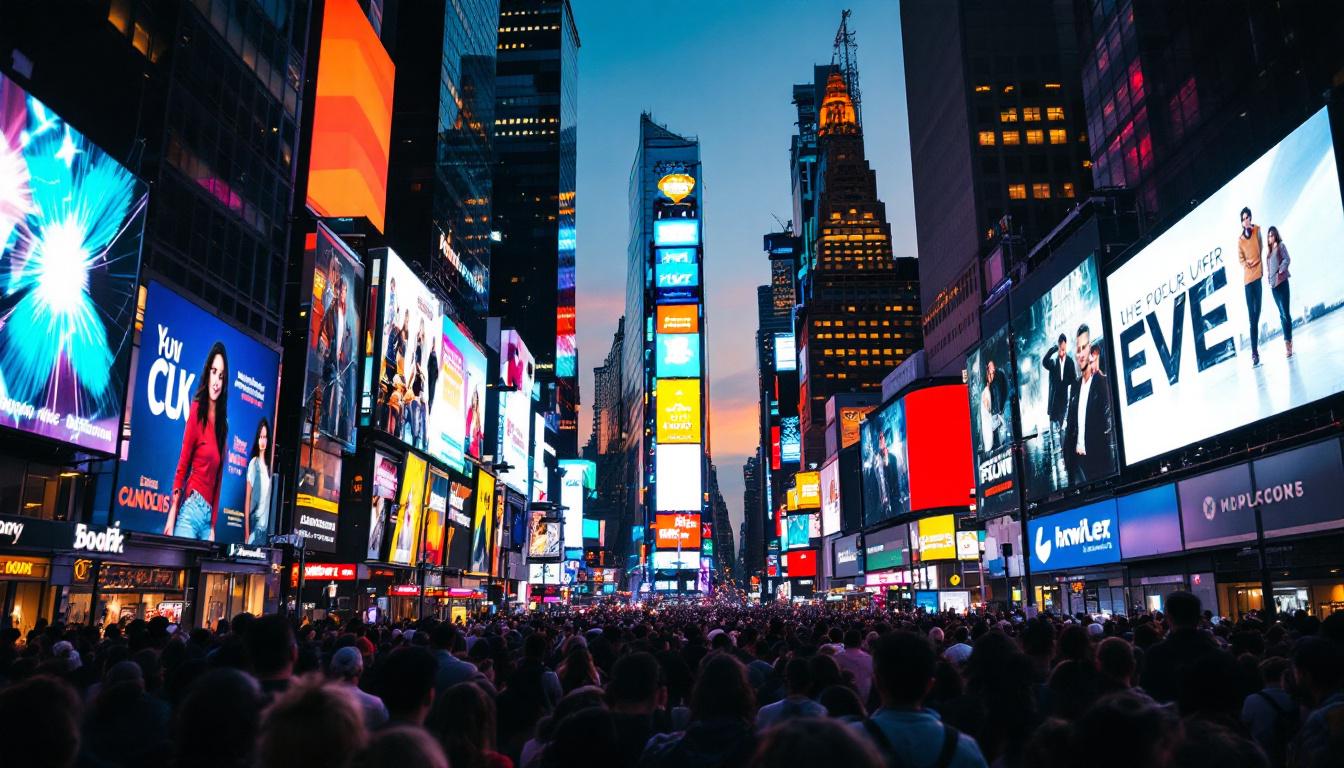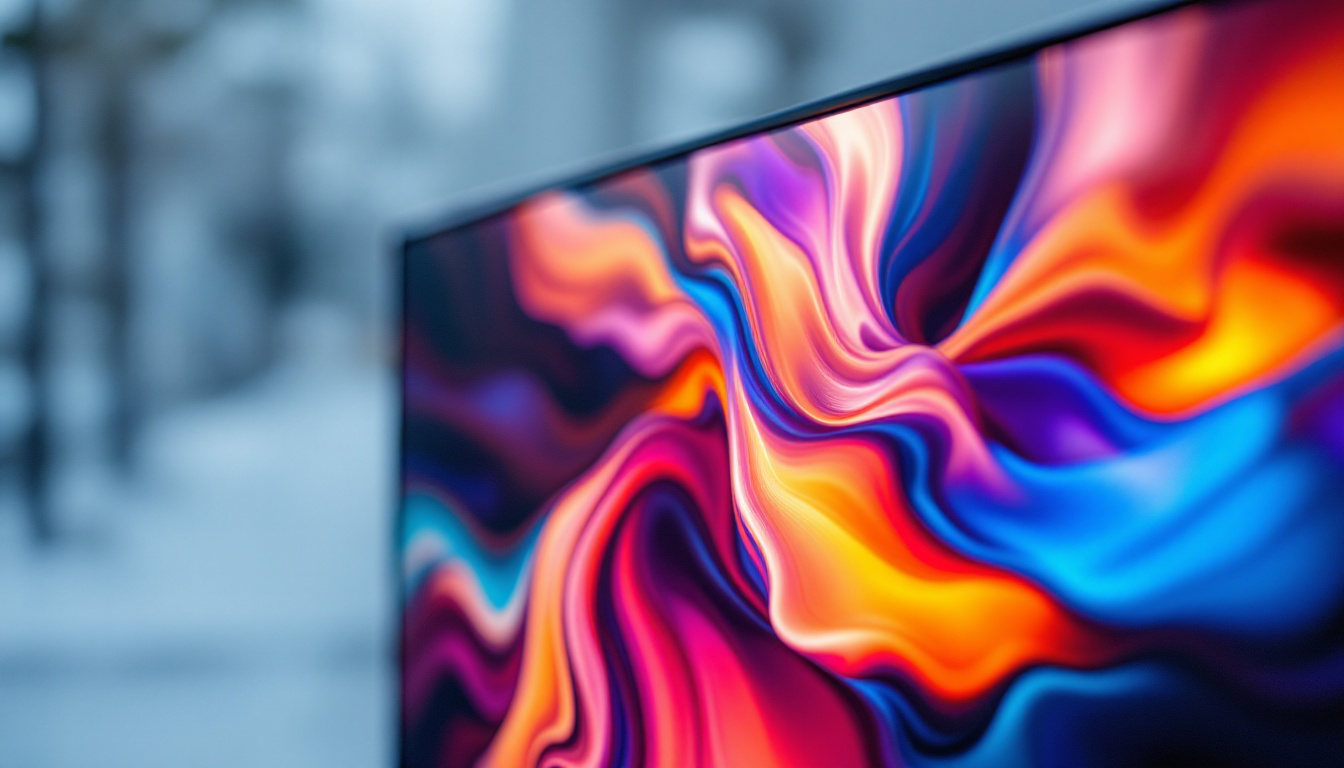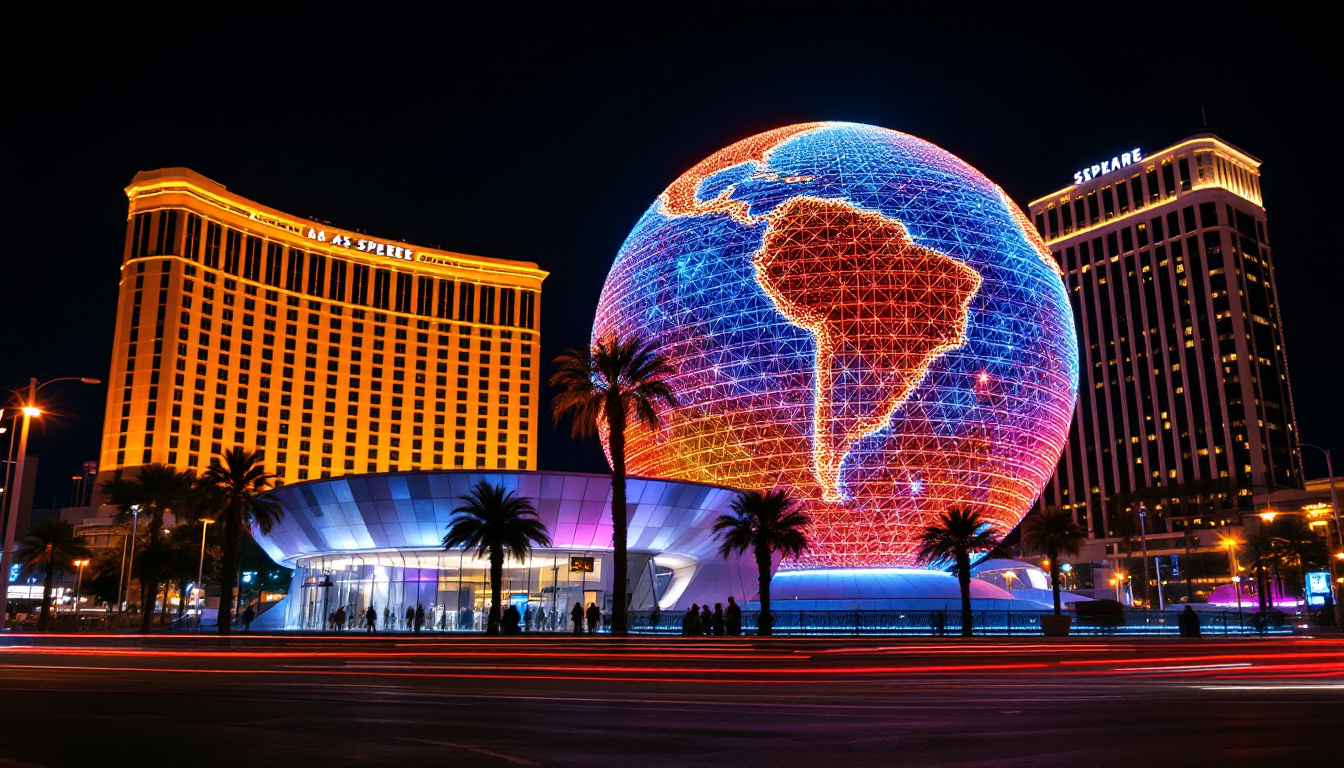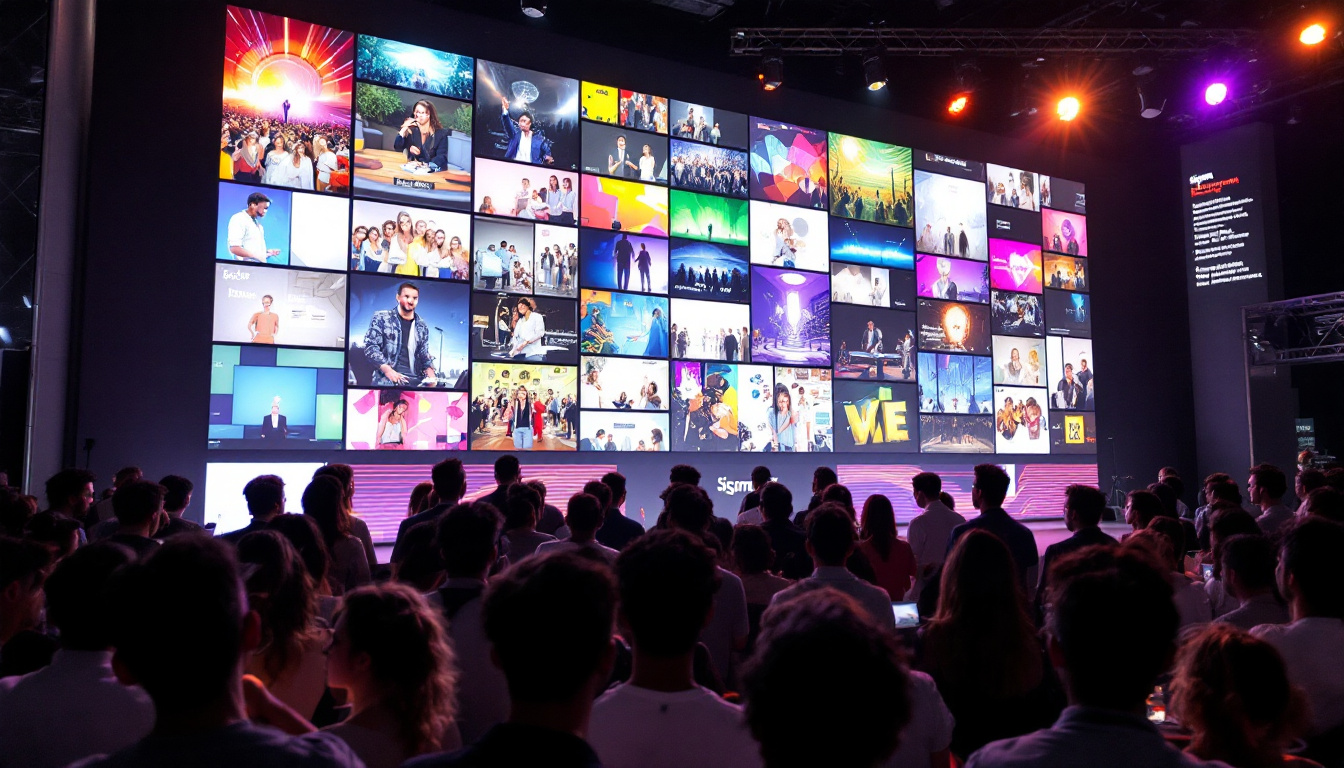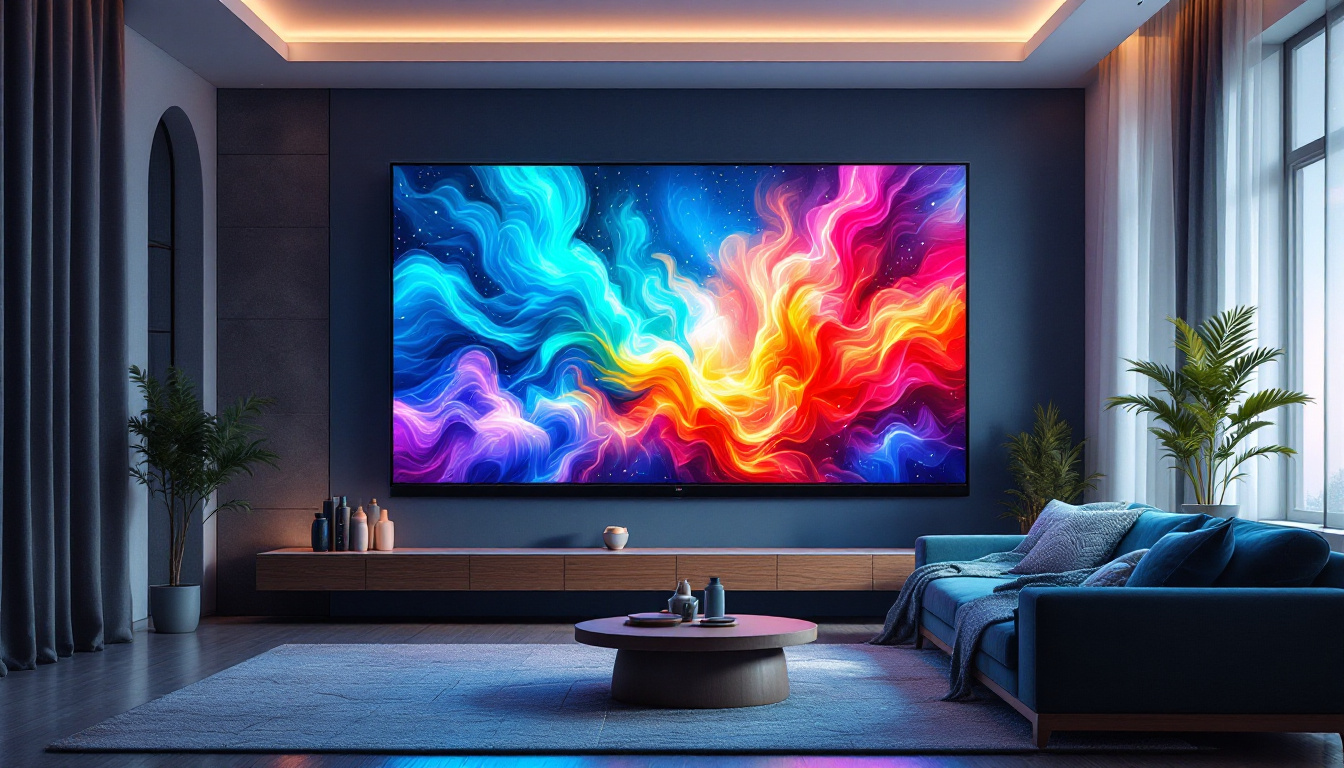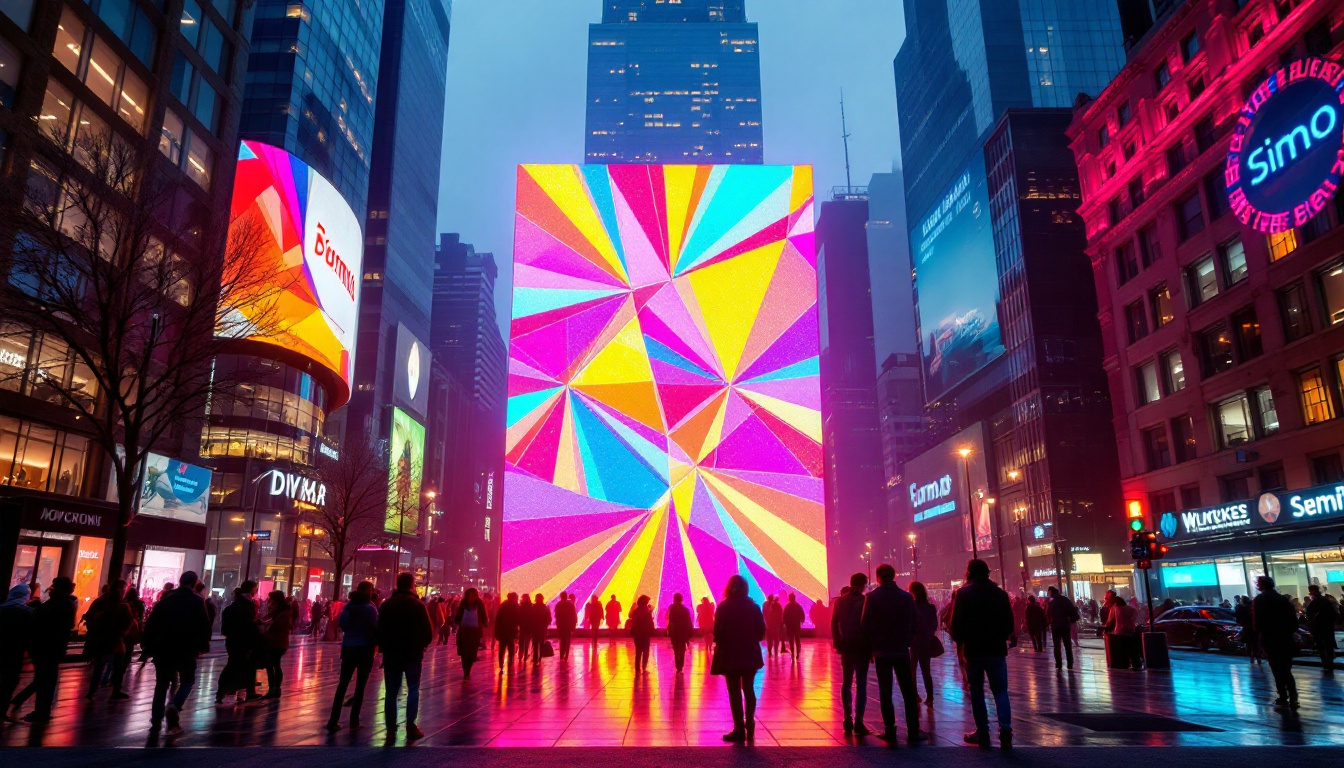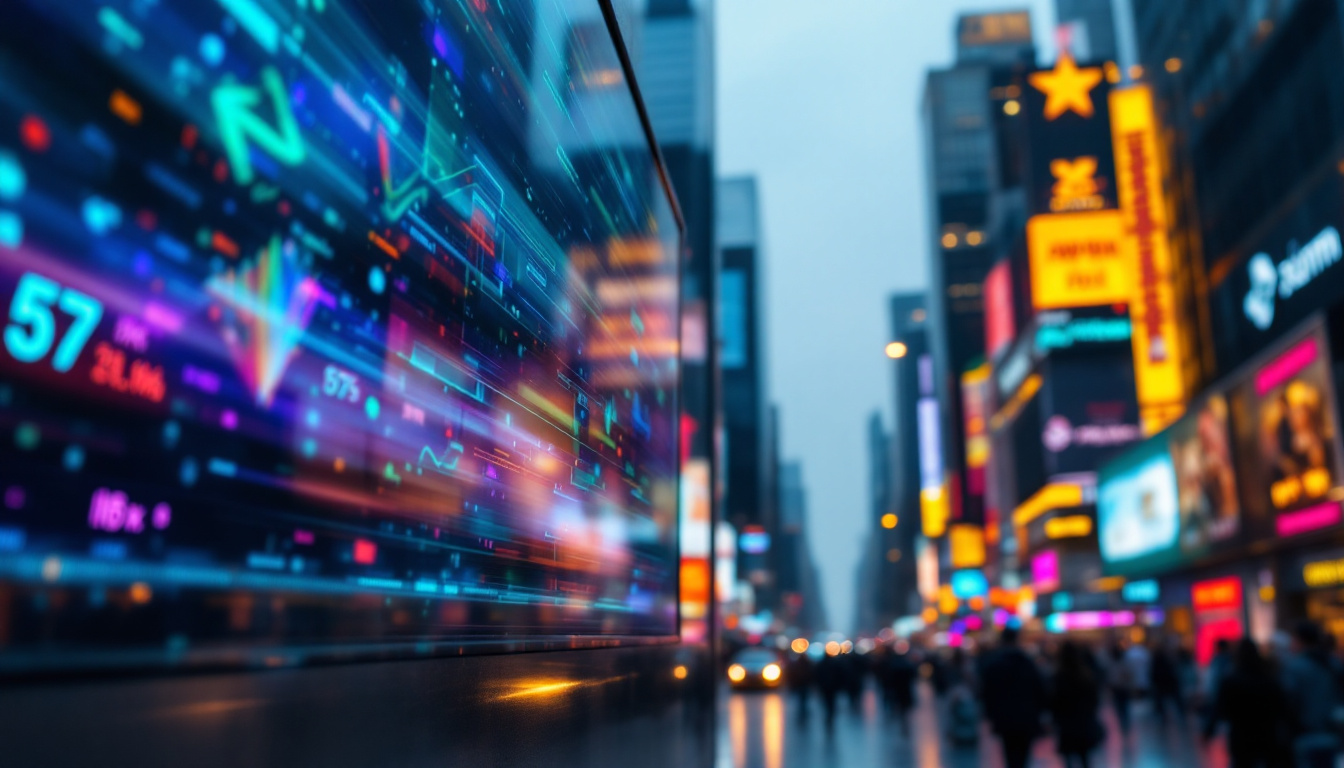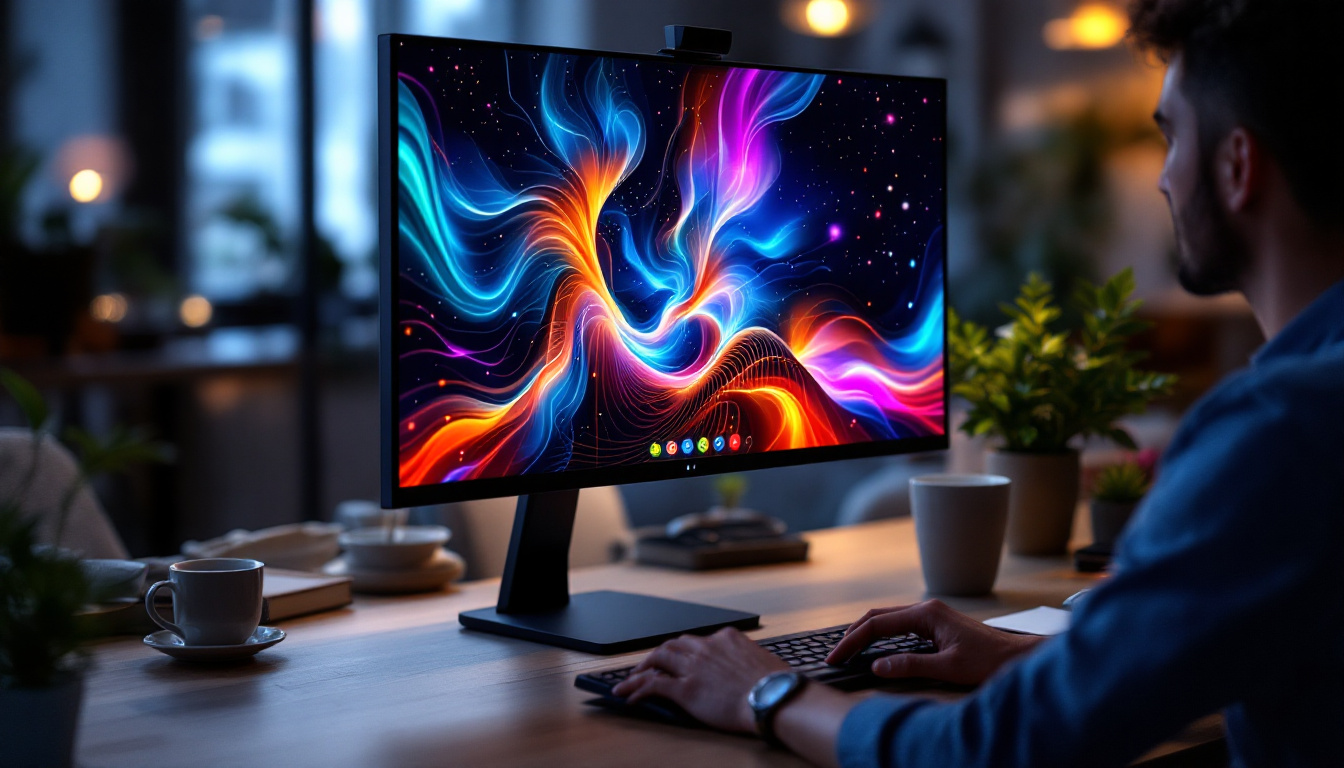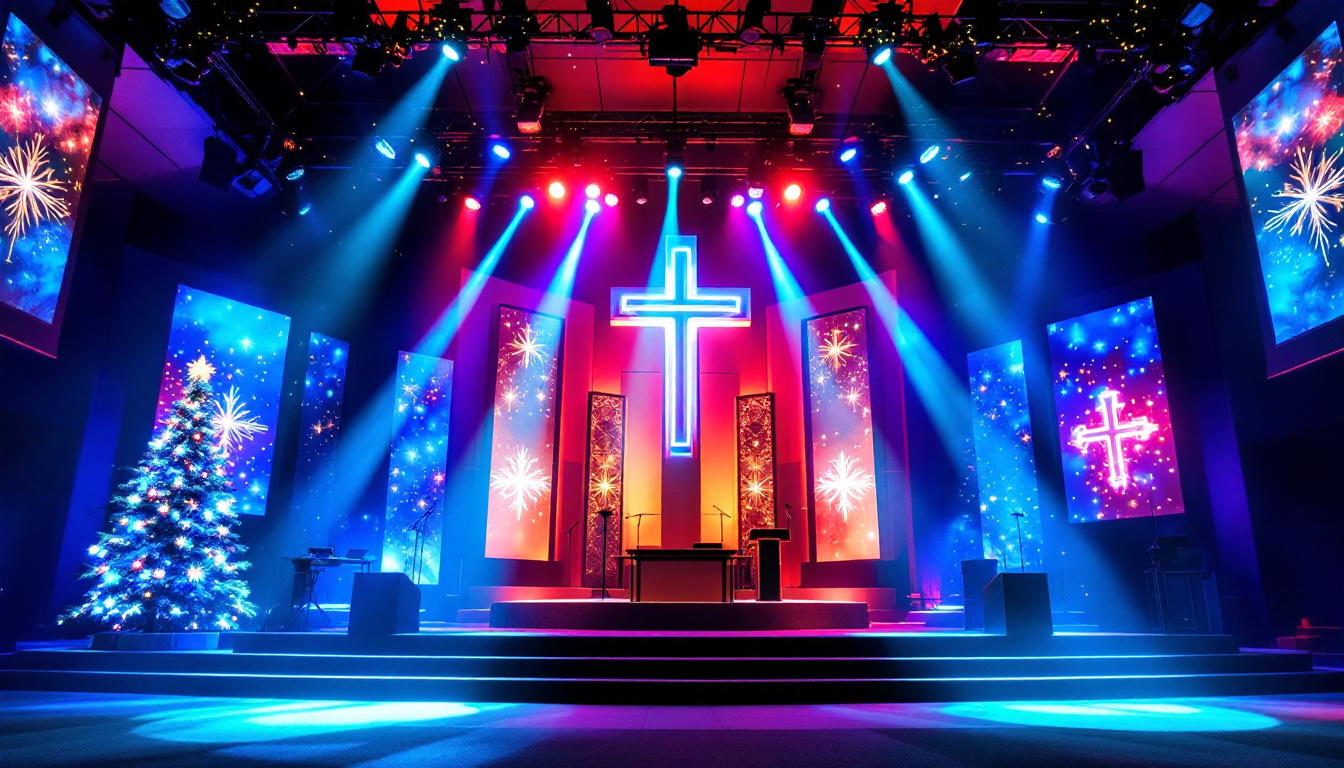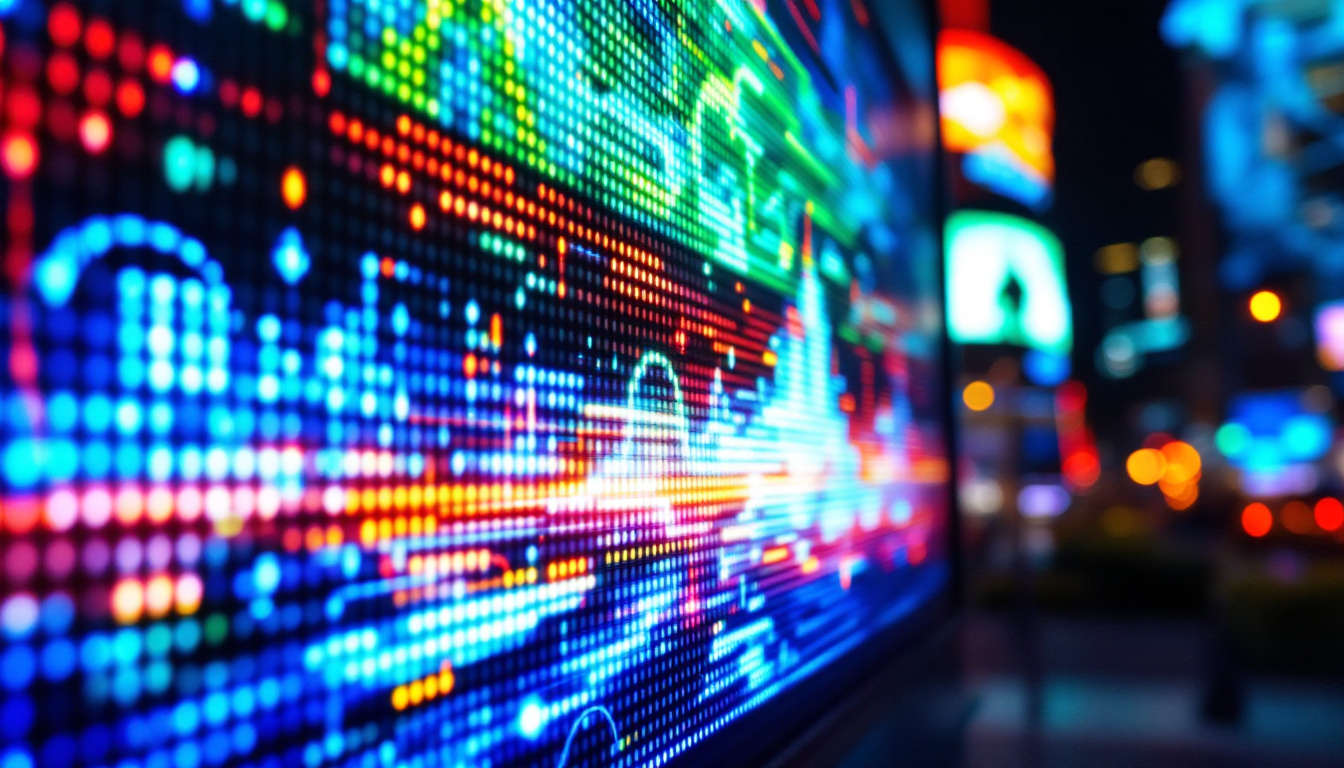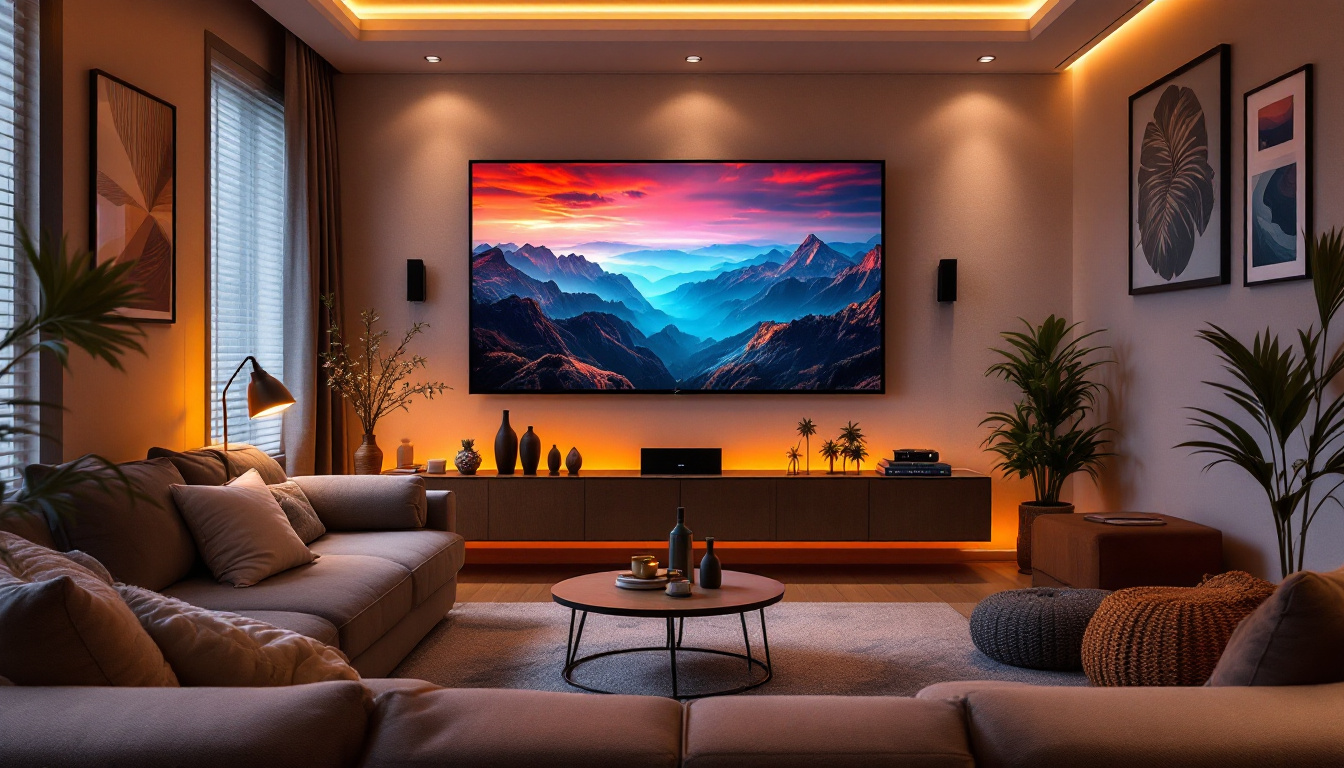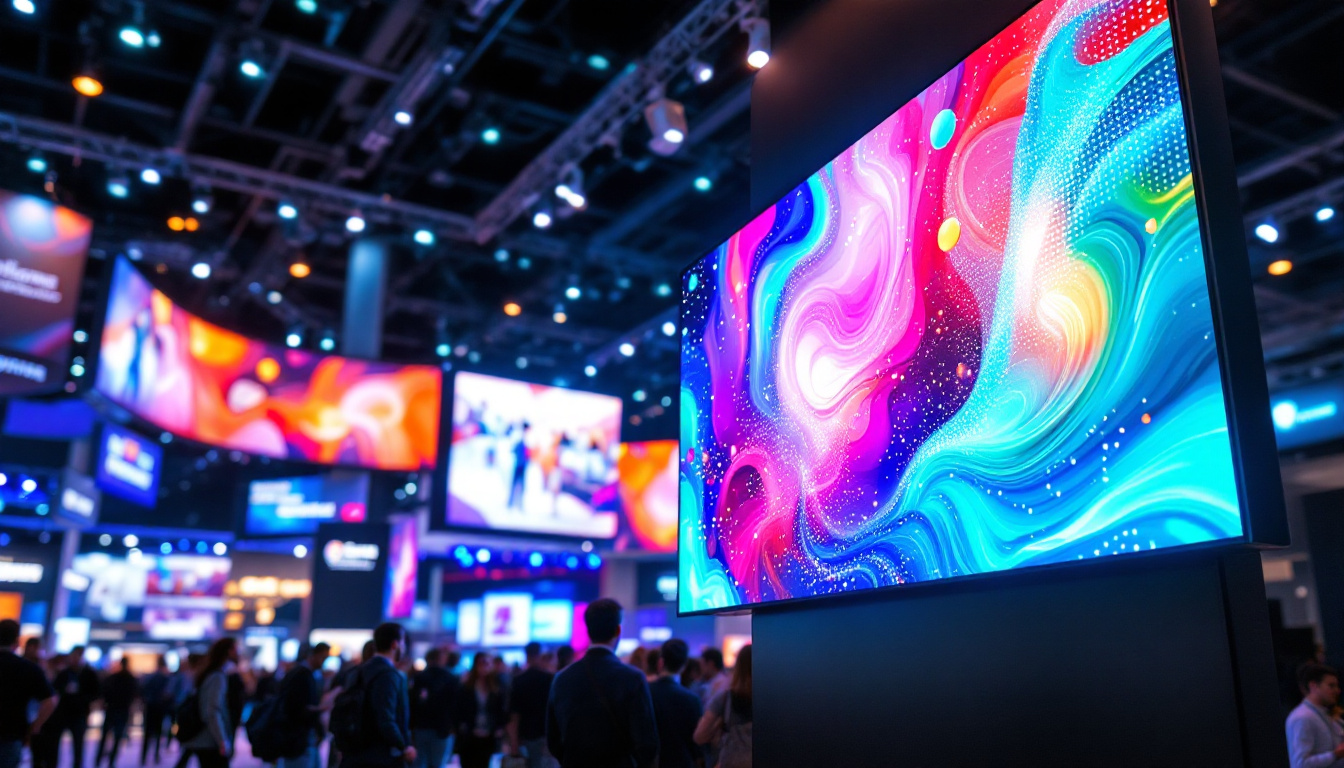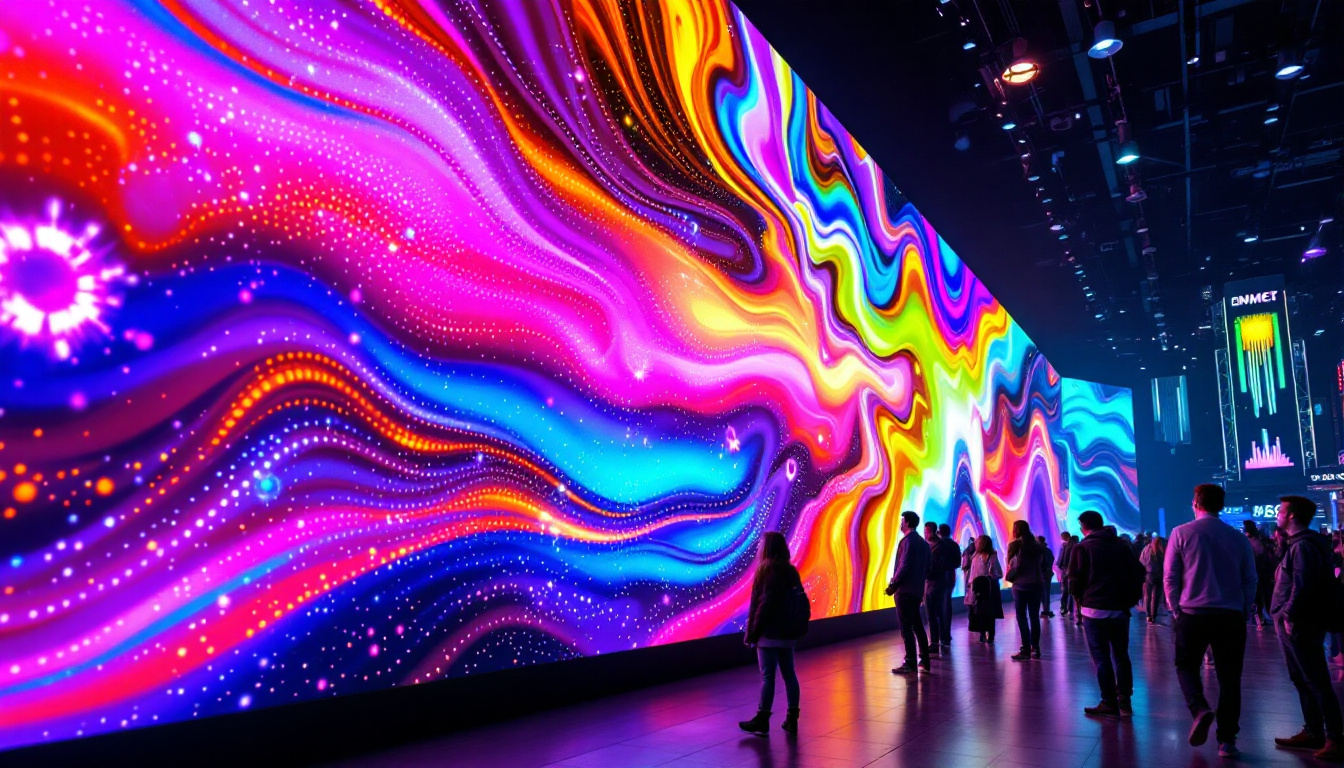In the modern world, displays are an integral part of our daily lives. From smartphones and televisions to billboards and digital signage, the technology behind these displays has evolved significantly. One of the most prominent technologies in use today is the LED display. This article delves into the intricacies of LED displays, focusing on their brightness, functionality, and applications.
Understanding LED Technology
LED, or Light Emitting Diode, is a semiconductor device that emits light when an electric current passes through it. This technology has revolutionized the way we think about lighting and display systems. Unlike traditional incandescent bulbs, LEDs are more energy-efficient, have a longer lifespan, and offer a wide range of colors. The efficiency of LEDs translates not only into lower energy bills but also into a reduced carbon footprint, making them a more environmentally friendly option for consumers and businesses alike.
Furthermore, the versatility of LED technology extends beyond simple illumination. It has found applications in various fields, including automotive lighting, horticulture, and even medical devices. For instance, in horticulture, specific wavelengths emitted by LEDs can promote plant growth, making them an essential tool in modern agriculture.
The Basics of LED Operation
At its core, an LED is made from a material called a semiconductor, which has properties that allow it to conduct electricity under certain conditions. When voltage is applied, electrons move through the semiconductor, releasing energy in the form of light. This process is known as electroluminescence. The efficiency of this process is what allows LEDs to produce more light per watt than traditional lighting technologies, making them a preferred choice in both residential and commercial settings.
LEDs can be produced in various colors by altering the materials used in their construction. Different semiconductor materials emit different wavelengths of light, which correspond to various colors. For instance, blue LEDs are typically made from gallium nitride, while red LEDs use aluminum gallium arsenide. Additionally, advancements in technology have led to the development of white LEDs, which combine multiple colors to produce a broad spectrum of light, suitable for general lighting purposes.
Types of LED Displays
LED displays come in various forms, each suited for different applications. The most common types include:
- Direct View LED Displays: These displays consist of individual LED modules that create images by directly emitting light. They are often used in large outdoor billboards and digital signage, where visibility and brightness are crucial. Their ability to maintain clarity in bright sunlight makes them a popular choice for advertising and public information systems.
- LED-backlit LCD Displays: This type combines traditional LCD technology with LED backlighting. The LEDs illuminate the LCD panel, enhancing brightness and color accuracy. This hybrid approach allows for thinner screens and improved energy efficiency, making them a staple in modern televisions and computer monitors.
- Organic LED (OLED) Displays: OLEDs use organic compounds to emit light, allowing for thinner displays with better contrast ratios. They are commonly found in high-end televisions and smartphones. The flexibility of OLED technology also enables the creation of curved and foldable screens, pushing the boundaries of display design.
In addition to these common types, there are also specialized LED displays designed for specific uses, such as transparent LED screens that allow for innovative advertising solutions in retail spaces, and flexible LED strips that can be used for creative lighting designs in homes and commercial environments. The ongoing evolution of LED technology continues to inspire new applications and innovations, making it a dynamic field with endless possibilities.
Brightness in LED Displays
Brightness is a critical factor in the performance of LED displays. It is typically measured in nits, where one nit is equivalent to one candela per square meter. The brightness level significantly impacts visibility, especially in outdoor environments or well-lit indoor spaces.
Factors Affecting Brightness
Several factors influence the brightness of an LED display:
- LED Quality: The quality of the individual LEDs used in a display directly affects overall brightness. Higher-quality LEDs can produce more light and maintain consistent brightness over time.
- Display Design: The arrangement and density of LEDs in a display can enhance brightness. Displays with a higher pixel density typically offer better brightness and image clarity.
- Power Supply: The power supply must be capable of delivering sufficient current to the LEDs. Inadequate power can lead to reduced brightness and performance issues.
Brightness Levels for Different Applications
Different applications require varying brightness levels. For instance:
- Indoor Displays: Indoor LED displays typically have brightness levels ranging from 200 to 1000 nits, sufficient for dimly lit environments.
- Outdoor Displays: Outdoor LED displays need to be significantly brighter, often exceeding 5000 nits to combat sunlight and ensure visibility.
- Broadcast and Studio Displays: Displays used in broadcasting environments often have brightness levels around 1000 to 3000 nits to provide accurate color representation under studio lighting.
Advantages of LED Displays
LED displays offer numerous advantages over traditional display technologies. Their unique characteristics make them a popular choice for a wide range of applications.
Energy Efficiency
One of the standout features of LED technology is its energy efficiency. LED displays consume significantly less power compared to traditional LCD or plasma displays. This efficiency not only reduces electricity costs but also contributes to a lower carbon footprint, making LED displays an environmentally friendly option.
Longevity and Durability
LED displays are known for their long lifespan, often exceeding 50,000 hours of use. This durability makes them a cost-effective solution for businesses and consumers alike. Unlike traditional bulbs, which can burn out or dim over time, LEDs maintain consistent brightness and performance throughout their lifespan.
Vibrant Colors and High Contrast
LED displays are capable of producing vibrant colors and deep blacks, resulting in stunning image quality. The ability to control individual pixels allows for greater contrast and dynamic range, enhancing the viewing experience. This feature is particularly beneficial for applications such as digital signage, where visual impact is crucial.
Applications of LED Displays
The versatility of LED displays has led to their widespread adoption across various industries. Their unique characteristics make them suitable for a multitude of applications.
Advertising and Digital Signage
One of the most prominent uses of LED displays is in advertising and digital signage. Billboards, storefront displays, and public information screens utilize LED technology to capture attention and convey messages effectively. The high brightness levels and vibrant colors ensure that advertisements stand out, even in bright sunlight.
Entertainment and Events
LED displays have become a staple in the entertainment industry, particularly in concerts, festivals, and sports events. Large-scale LED screens are used to display live feeds, graphics, and animations, enhancing the audience’s experience. Their ability to be configured in various shapes and sizes allows for creative installations that captivate viewers.
Commercial and Residential Use
In commercial settings, LED displays are often used for presentations, conference rooms, and retail environments. Their energy efficiency and low maintenance requirements make them an attractive option for businesses. In residential settings, LED TVs and monitors have gained popularity due to their superior image quality and sleek design.
Challenges and Considerations
While LED displays offer numerous benefits, there are also challenges and considerations to keep in mind when selecting and using this technology.
Cost Factors
Although the prices of LED displays have decreased over the years, they can still be more expensive than traditional display technologies. The initial investment may be a barrier for some consumers and businesses. However, the long-term savings in energy costs and reduced maintenance can offset the initial expense.
Heat Management
LED displays generate heat during operation, which can impact performance if not managed properly. Adequate cooling systems and ventilation are necessary to ensure that the display operates efficiently and maintains its brightness over time. Failure to manage heat can lead to reduced lifespan and performance issues.
Viewing Angles
While LED displays offer excellent brightness and color accuracy, viewing angles can be a limitation. Some LED displays may exhibit color shifts or reduced brightness when viewed from extreme angles. This factor is particularly important in applications where multiple viewers may be positioned at different angles relative to the display.
Future Trends in LED Display Technology
The LED display industry is continuously evolving, with advancements in technology leading to exciting new possibilities. Several trends are shaping the future of LED displays.
MicroLED Technology
MicroLED is an emerging technology that promises to take LED displays to the next level. MicroLEDs are tiny, individual LEDs that can be used to create high-resolution displays with exceptional color accuracy and contrast. This technology allows for thinner and more flexible displays, opening up new possibilities for design and application.
Integration with Smart Technology
As smart technology becomes increasingly prevalent, LED displays are being integrated into smart homes and businesses. Features such as remote control, automation, and connectivity with other devices enhance the functionality and user experience of LED displays. This integration is expected to grow, offering consumers more control over their display environments.
Improved Sustainability
With a growing emphasis on sustainability, the LED display industry is focusing on reducing environmental impact. Manufacturers are exploring eco-friendly materials, recycling programs, and energy-efficient production processes. This shift towards sustainability is likely to influence consumer preferences and drive innovation in the industry.
Conclusion
LED displays have transformed the way we interact with visual technology, offering unparalleled brightness, energy efficiency, and versatility. As advancements continue to shape this industry, LED displays will remain at the forefront of innovation, providing solutions for advertising, entertainment, and everyday use. Understanding the intricacies of LED technology and its applications can help consumers and businesses make informed decisions when selecting display solutions. With their numerous advantages and ongoing developments, LED displays are set to illuminate our world for years to come.
Discover LumenMatrix’s Innovative LED Solutions
Ready to experience the future of visual display technology? LumenMatrix is at the cutting edge, offering a diverse range of LED display modules that bring your brand to life. Whether you’re looking for Indoor LED Walls, Outdoor Displays, or specialized solutions like Vehicle LED Displays and LED Sports Displays, LumenMatrix has the perfect fit for your needs. Elevate your visual communication and captivate your audience with our advanced LED solutions. Check out LumenMatrix LED Display Solutions today and see how we can help you make a powerful impact.

